Home>Articles>What Is The Going Rate For Painting Interior Walls
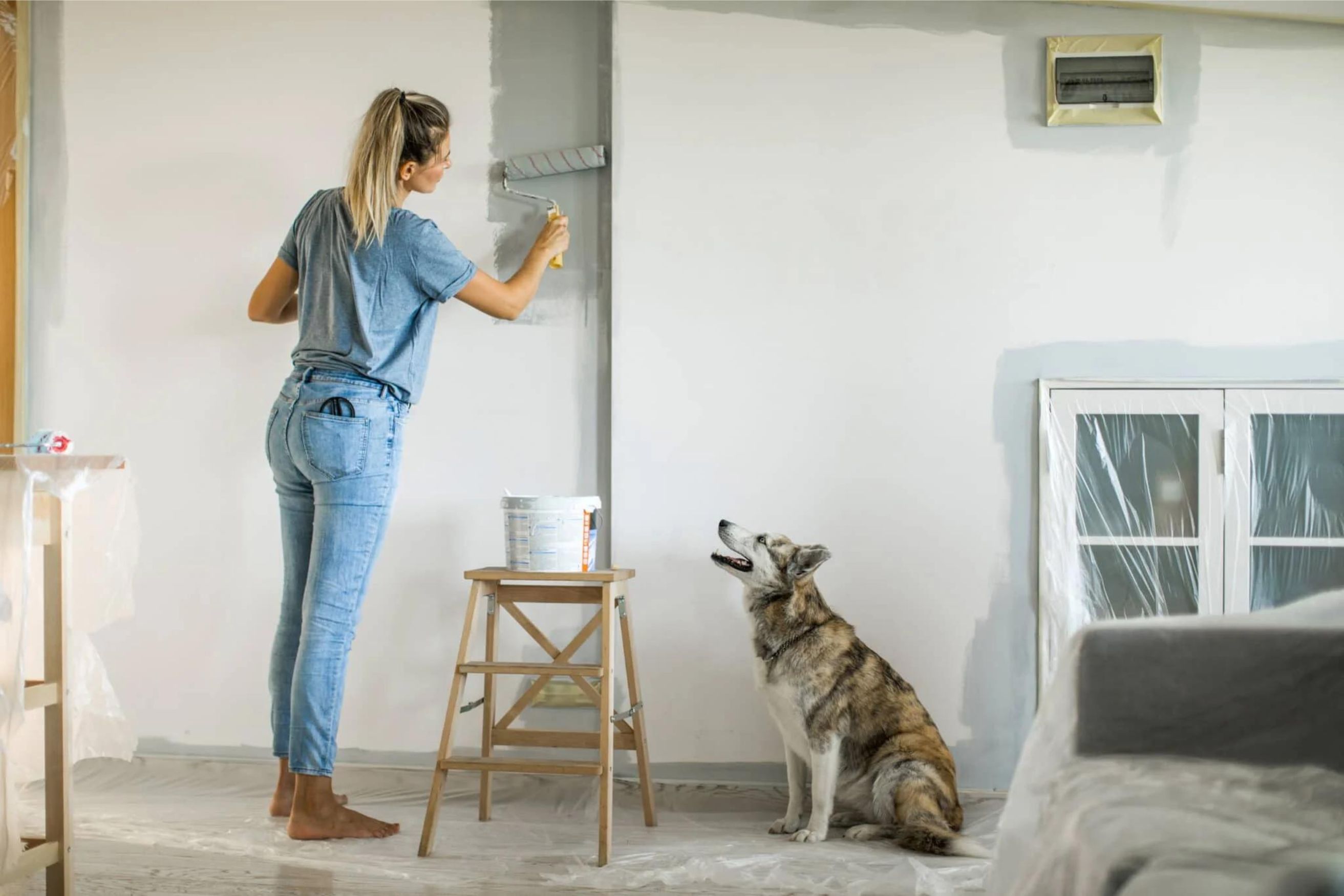

Articles
What Is The Going Rate For Painting Interior Walls
Modified: January 7, 2024
Looking for articles on the going rate for painting interior walls? Discover the average costs and pricing factors to consider for your next paint job.
(Many of the links in this article redirect to a specific reviewed product. Your purchase of these products through affiliate links helps to generate commission for Storables.com, at no extra cost. Learn more)
Introduction
When it comes to transforming the look and feel of your home, few things are as effective as painting the interior walls. A fresh coat of paint can breathe new life into a space, providing a sense of freshness and vibrancy. However, before diving into your painting project, it’s important to have a clear understanding of the costs involved.
This article aims to shed light on the factors that affect the cost of painting interior walls, the average cost you can expect to budget for, factors to consider when hiring a professional painter, and whether opting for a do-it-yourself approach can save you money or not.
Painting costs can vary significantly depending on several factors, including the size of the room, the type of paint used, the level of preparation needed, and the expertise of the painter. By understanding these factors, you can make more informed decisions and ensure you get the most out of your investment.
So, let’s dive in and explore the key components that influence the cost of painting interior walls in more detail.
Key Takeaways:
- Transform your home with a fresh coat of paint, but be prepared for varying costs based on room size, paint type, and additional services. Consider DIY vs. professional painters for quality and budget balance.
- Save money on interior wall painting by planning, using cost-effective paint, DIY preparation, and comparing quotes. Achieve a beautiful result with proper preparation and quality materials.
Read more: What Paint Finish For Interior Walls
Factors Affecting the Cost of Painting Interior Walls
The cost of painting interior walls can vary based on several factors. Understanding these factors will not only help you estimate the cost more accurately but also make informed decisions during the planning process. Here are the key factors that can affect the overall cost of your painting project:
- Size of the Room: Naturally, larger rooms require more paint, time, and labor, thus increasing the cost. Rooms with high ceilings or intricate architectural features may also require specialized equipment or additional preparation, impacting the overall cost.
- Type of Paint: The type and quality of paint you choose will significantly impact the price. High-quality paints tend to be more expensive but can provide better coverage, durability, and a longer-lasting finish. Discussing your preferences and budget with a professional painter can help you find the right balance.
- Surface Condition: The condition of the walls before painting can affect the cost. Walls with cracks, holes, or previous layers of paint that need to be removed will require additional preparation work, which can increase the labor and time required, thus driving up the cost.
- Number of Coats: Multiple coats of paint are often required to achieve the desired finish, especially if you’re changing the color drastically or covering dark walls with lighter shades. Additional coats will increase the cost, both in terms of paint and labor.
- Texture and Finish: If you’re aiming for a specific texture or finish, such as faux painting or special effects, the cost may increase due to the specialized techniques and materials required. These techniques often demand more time and expertise, reflected in the final cost.
- Additional Services: Sometimes, painting projects may require additional services such as wall repairs, priming, or removing wallpaper. These services will add to the overall cost, so it’s important to discuss them with your painter before getting an estimate.
Keep in mind that prices may vary among different locations and painting contractors. Getting multiple quotes and comparing them can help you find the best balance between cost and quality.
Average Cost of Painting Interior Walls
Now that you understand the factors that can influence the cost of painting interior walls, let’s take a look at the average cost you can expect to budget for your project. It’s important to note that the figures provided here are rough estimates and can vary depending on your location, the size of the room, and the specific requirements of your project.
The average cost to paint a room typically ranges between $300 and $800, with the national average being around $500. This estimate typically includes the cost of paint, supplies, and the labor involved. However, larger rooms or rooms with complex features may exceed this range.
Here’s a breakdown of approximate costs based on the size of the room:
- Small Room (up to 10×10 feet): $200 – $400
- Medium Room (10×10 to 15×15 feet): $400 – $700
- Large Room (over 15×15 feet): $700 – $1,000+
Keep in mind that these estimates do not account for additional services, such as wall repairs or wallpaper removal, which can increase the overall cost. It’s essential to discuss your specific project details with a professional painter to get an accurate quote.
Additionally, the type of paint you choose will also impact the cost. Basic paints are typically less expensive, while premium or specialty paints can be pricier. The cost of paint can range from $20 to $70 per gallon, depending on the brand and quality.
Lastly, if you’re hiring a professional painter, their expertise and experience will often come with a higher price tag. However, their skills and knowledge can ensure a high-quality and long-lasting finish. Always remember to factor in the painter’s labor costs when considering the overall cost of your project.
By keeping these average costs in mind and consulting with a professional, you can plan your interior wall painting project more accurately and budget accordingly.
Factors to Consider When Hiring a Professional Painter
When it comes to painting interior walls, hiring a professional painter can save you time, effort, and ensure a high-quality result. However, choosing the right painter for your project involves considering several factors. Here are some key factors to consider when hiring a professional painter:
- Experience and Expertise: Look for painters with a proven track record and experience in interior wall painting. They should have a portfolio of past projects to showcase their skills and expertise. Experienced painters will have the knowledge and techniques to handle different types of surfaces and address any challenges that may arise.
- Quality of Work: It’s essential to assess the quality of a painter’s workmanship before hiring them. Go through their customer reviews, testimonials, or request references from past clients. This will give you an idea of the painter’s attention to detail, reliability, and ability to deliver satisfactory results.
- Licensing and Insurance: Ensure that the painter is licensed and insured. This will protect you from liability in case of any accidents or damages that may occur during the project. Ask for proof of insurance and verify their license before hiring them.
- Written Estimates: Obtain written estimates from multiple painters before making a decision. The estimate should include the breakdown of costs, materials, labor, expected timeline, and any additional services provided. This will help you compare and choose the most cost-effective option that fits your budget.
- Communication and Professionalism: Clear and effective communication is crucial for a successful painting project. The painter should be responsive to your inquiries, listen to your requirements, and provide professional advice. A good painter will be transparent, provide updates throughout the project, and address any concerns you may have.
- Contracts and Guarantees: Before hiring a painter, make sure to have a written contract that outlines the scope of work, payment terms, and any warranties or guarantees provided. This will protect both parties and ensure that all expectations are clearly defined.
By considering these factors, you can select a painter who not only meets your needs but also provides a smooth and satisfactory painting experience.
DIY vs. Hiring a Professional Painter
When it comes to painting interior walls, you may be tempted to save money by undertaking the project yourself. While a DIY approach can be rewarding and cost-effective for some, it’s important to carefully consider the pros and cons compared to hiring a professional painter. Here’s a comparison to help you make an informed decision:
DIY Painting
Pros:
- Cost Savings: Painting the walls yourself can save you money on labor costs, as you won’t be hiring a professional painter.
- Creative Control: DIY painting allows you to have complete control over the color choices, finishes, and techniques used.
- Flexibility: You can set your own schedule and work at your own pace when taking the DIY approach.
Cons:
- Time and Effort: Painting can be time-consuming and physically demanding, especially if you’re not experienced. Preparing the surfaces, taping, and ensuring a seamless finish requires meticulous attention to detail.
- Equipment and Supplies: DIY painting requires purchasing or renting the necessary equipment and supplies, including brushes, rollers, drop cloths, and paint. This upfront cost should be factored into your budget.
- Quality and Durability: Achieving a professional-quality finish can be challenging for beginners. Mistakes such as streaks, drips, or uneven coverage may compromise the appearance and longevity of the paint job.
Hiring a Professional Painter
Pros:
- Expertise and Experience: Professional painters have the knowledge, skills, and experience to deliver high-quality results. They understand the best practices and can navigate potential challenges.
- Time-Saving: Hiring a professional allows you to focus on other tasks or enjoy your free time while they handle the painting project efficiently.
- Efficiency and Convenience: Professional painters will come equipped with all the necessary tools, materials, and resources required for the job, saving you the hassle of purchasing or renting them.
- Guaranteed Quality: Reputable painters often offer warranties or guarantees on their work, giving you peace of mind and ensuring that any issues are resolved promptly.
Cons:
- Cost: Hiring a professional painter is generally more expensive than taking the DIY route, as you’re paying for their expertise and labor.
- Lack of Control: When hiring a painter, you may need to compromise on certain aspects, such as color selection or specific techniques, depending on their recommendations and expertise.
Ultimately, the decision between DIY painting and hiring a professional painter depends on your budget, time availability, skill level, and desired quality. If you’re confident in your abilities, have the time, and enjoy the process, DIY painting can be a fulfilling project. However, if you value efficiency, expertise, and a professional finish, investing in a professional painter is the way to go.
Regardless of your choice, proper preparation, attention to detail, and using quality materials will contribute to a successful and visually pleasing paint job.
The going rate for painting interior walls can vary depending on factors such as the size of the room, the type of paint, and the level of preparation needed. It’s best to get quotes from multiple painters to ensure you’re getting a fair price for the job.
Tips for Saving Money on Interior Wall Painting
Painting the interior walls of your home doesn’t have to break the bank. With a few cost-saving strategies, you can achieve a beautiful result while keeping your budget in check. Here are some tips for saving money on interior wall painting:
- Plan and Prep: Proper planning and preparation can help you avoid unnecessary expenses. Make a detailed plan of the colors, finishes, and areas you want to paint. Clear the space of furniture and cover floors and fixtures with drop cloths to protect them from paint splatters or spills.
- Use Less Expensive Paint: Opt for mid-range or economical paint brands that offer good coverage and durability. While high-end paints may have additional benefits, such as better color retention or washability, they come at a premium price. Read reviews and compare products to find the best value for your money.
- Buy in Bulk: If you have multiple rooms to paint or a large area, consider purchasing paint in larger quantities. Buying in bulk can often result in discounted prices per gallon, saving you money in the long run. Just make sure to estimate your paint needs accurately to avoid unnecessary wastage.
- DIY Preparation: Instead of paying a professional painter to do extensive preparation work, such as wall repairs or priming, consider doing it yourself if you have the necessary skills and tools. This can help you save on labor costs and allocate your budget towards the painting itself.
- Minimize Color Changes: Changing colors in every room can quickly add up the cost of paint and labor. Consider using a consistent color palette throughout your home or opting for accent walls to add visual interest without the need for multiple paint colors.
- Stick to Simple Finishes: Intricate or specialized finishes, such as faux painting or texture effects, often require additional materials and labor. To save money, stick to simpler finishes like a solid coat or a basic sheen such as matte or satin.
- Compare Quotes: When considering hiring a professional painter, obtain multiple quotes from different contractors. Compare the prices, materials included, and services offered to ensure you’re getting the best value for your budget. Remember, the cheapest option isn’t always the best – quality matters too.
- Reuse Materials: If you have leftover paint from previous projects that’s still in good condition, consider using it for touch-ups or as a base coat. Additionally, reusable rollers and brushes can be cleaned thoroughly and used for future painting projects, saving you money on buying new ones.
By implementing these tips, you can keep your interior wall painting project within budget without compromising on the quality of the result. Remember, it’s important to find the right balance between cost savings and achieving the desired finish for your home.
Conclusion
Painting the interior walls of your home can be a transformative project that adds beauty, personality, and value to your living space. By understanding the factors that affect the cost of painting, considering the average costs, and weighing the pros and cons of DIY versus hiring a professional painter, you can make informed decisions that align with your budget and goals.
Factors such as the size of the room, type of paint, surface condition, and number of coats required will all impact the overall cost. Additionally, hiring a professional painter offers the benefits of expertise, time-saving, and guaranteed quality, but comes at a higher cost compared to a DIY approach.
Whether you choose to take on the project yourself or enlist the help of a professional, there is an opportunity to save money along the way. Planning and prep work, using cost-effective paint options, buying in bulk, and doing some of the preparation yourself are all strategies that can help keep costs down.
Ultimately, the decision comes down to your personal circumstances, preferences, and budget. No matter which option you choose, the key to a successful interior wall painting project is proper preparation, attention to detail, and using quality materials.
Remember to consider the specific needs of your project, consult with professionals if needed, and always strive for a balance between cost savings and achieving a beautiful, long-lasting result.
So go ahead, breathe new life into your home, and enjoy the transformative power of a freshly painted interior!
Frequently Asked Questions about What Is The Going Rate For Painting Interior Walls
Was this page helpful?
At Storables.com, we guarantee accurate and reliable information. Our content, validated by Expert Board Contributors, is crafted following stringent Editorial Policies. We're committed to providing you with well-researched, expert-backed insights for all your informational needs.
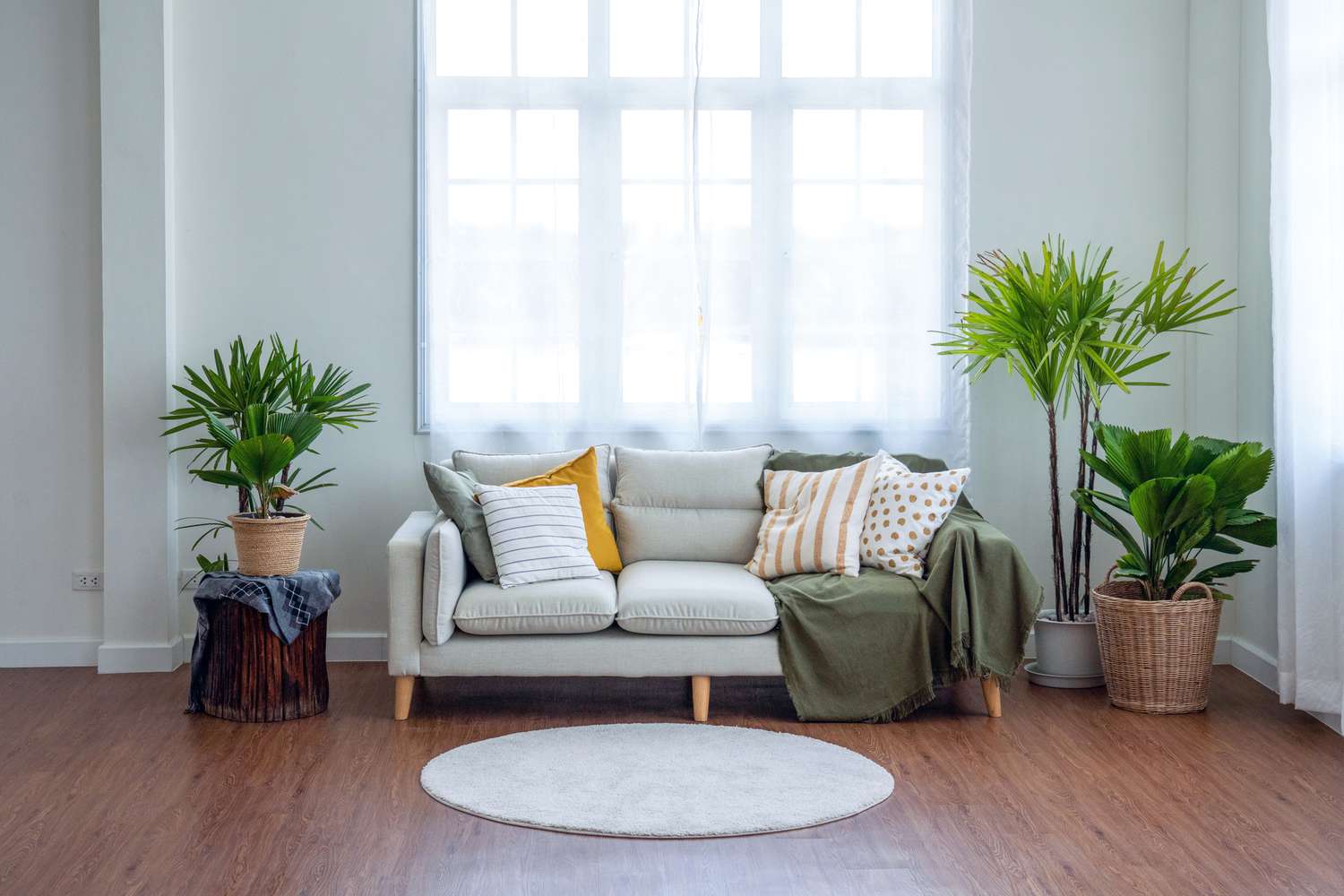
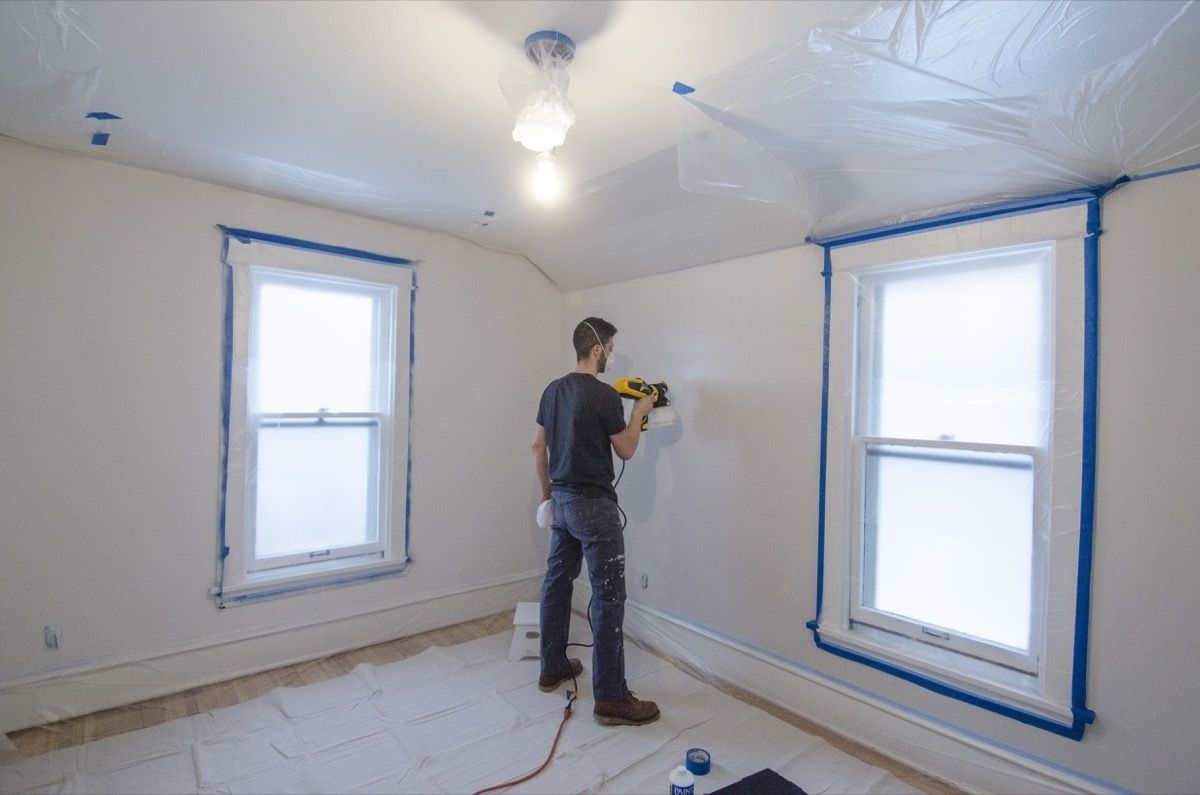
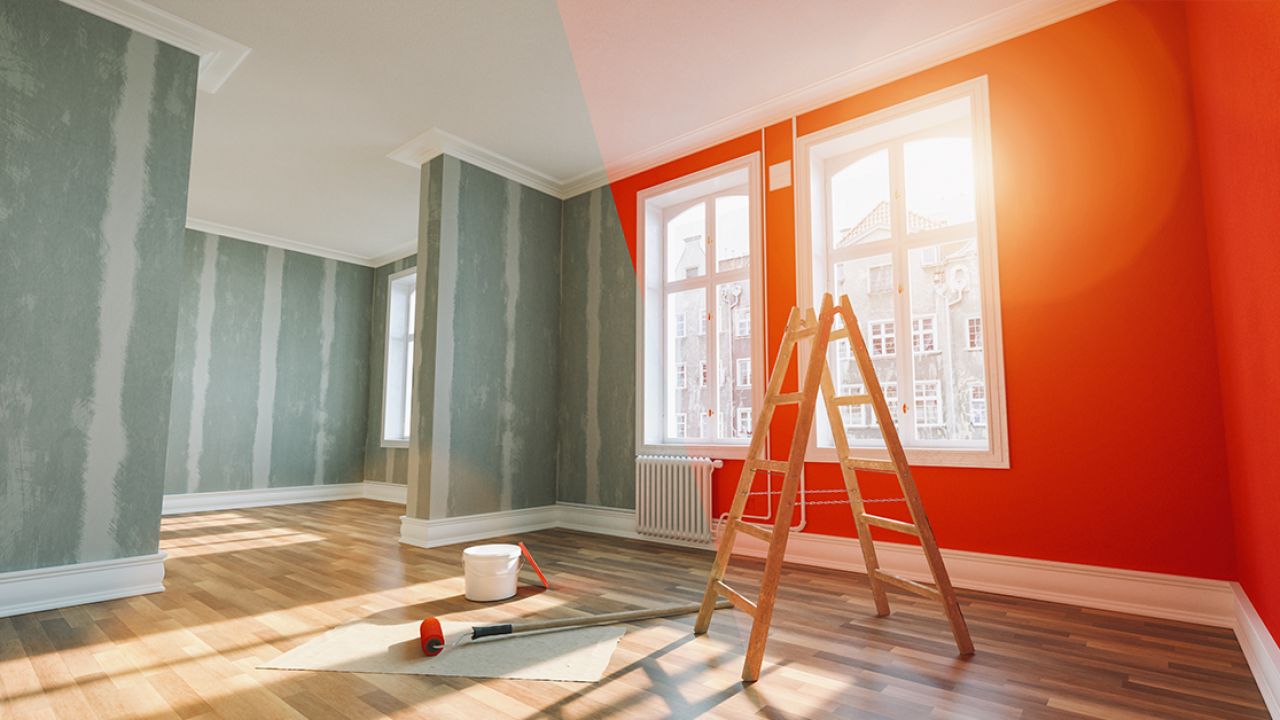
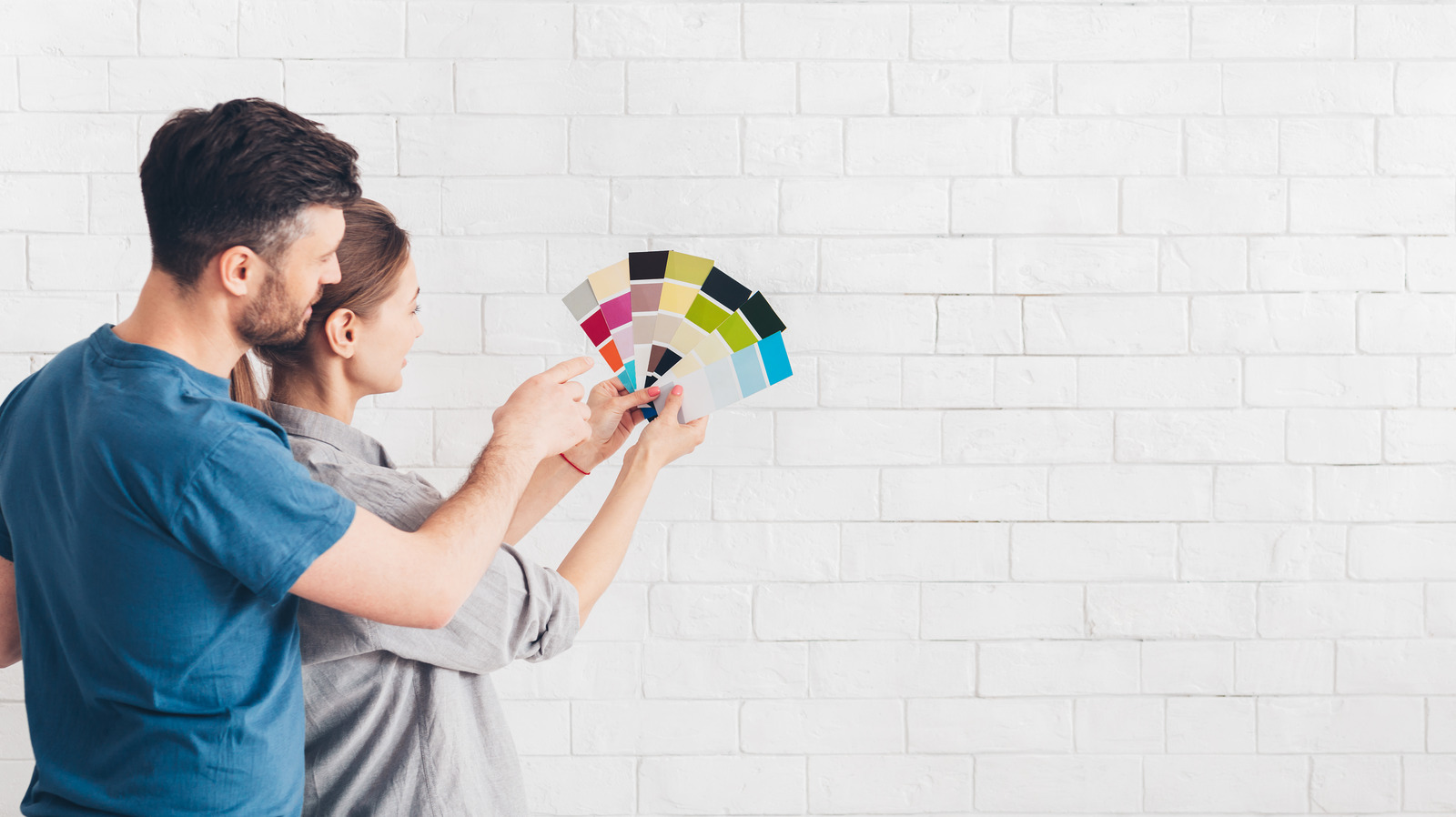
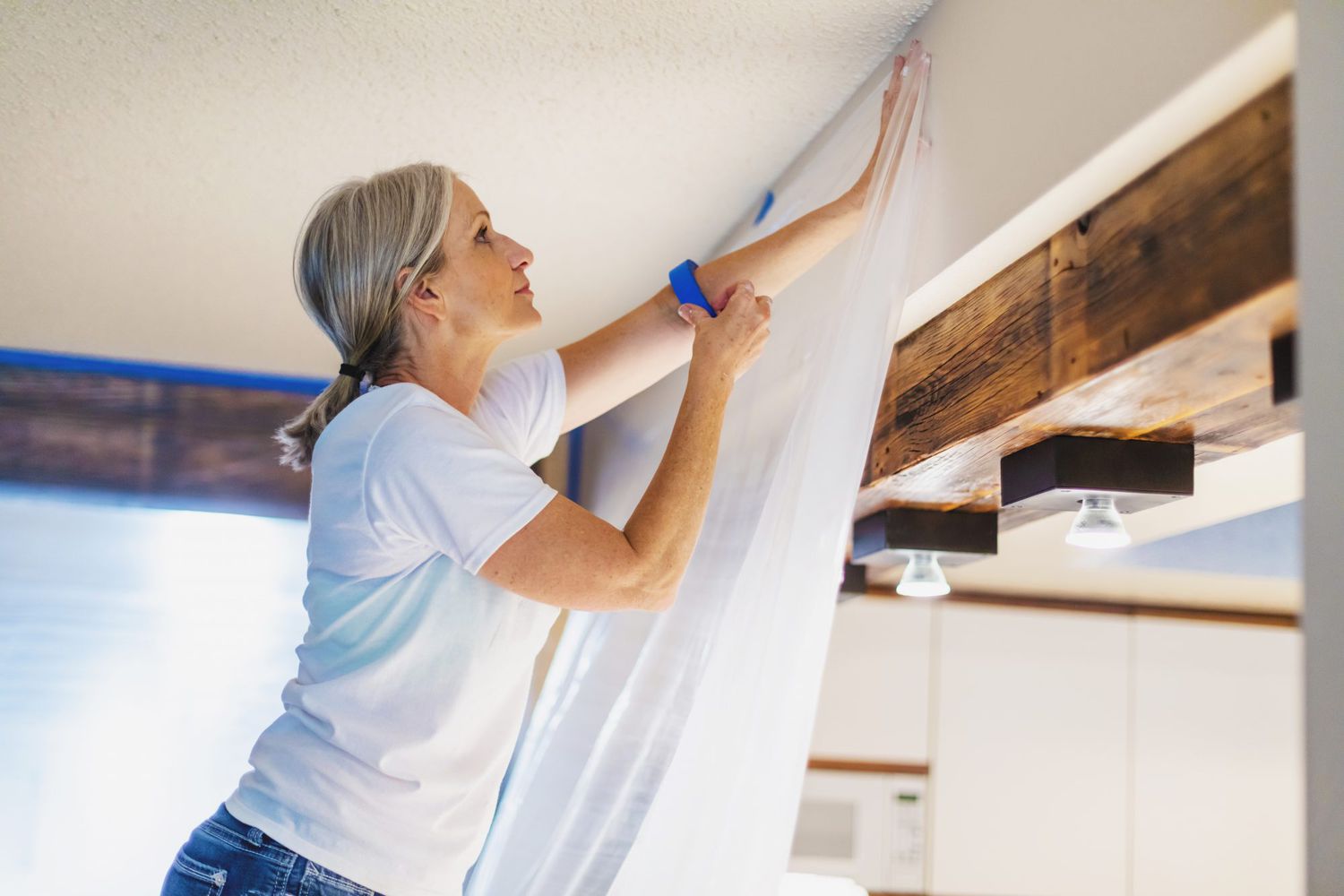
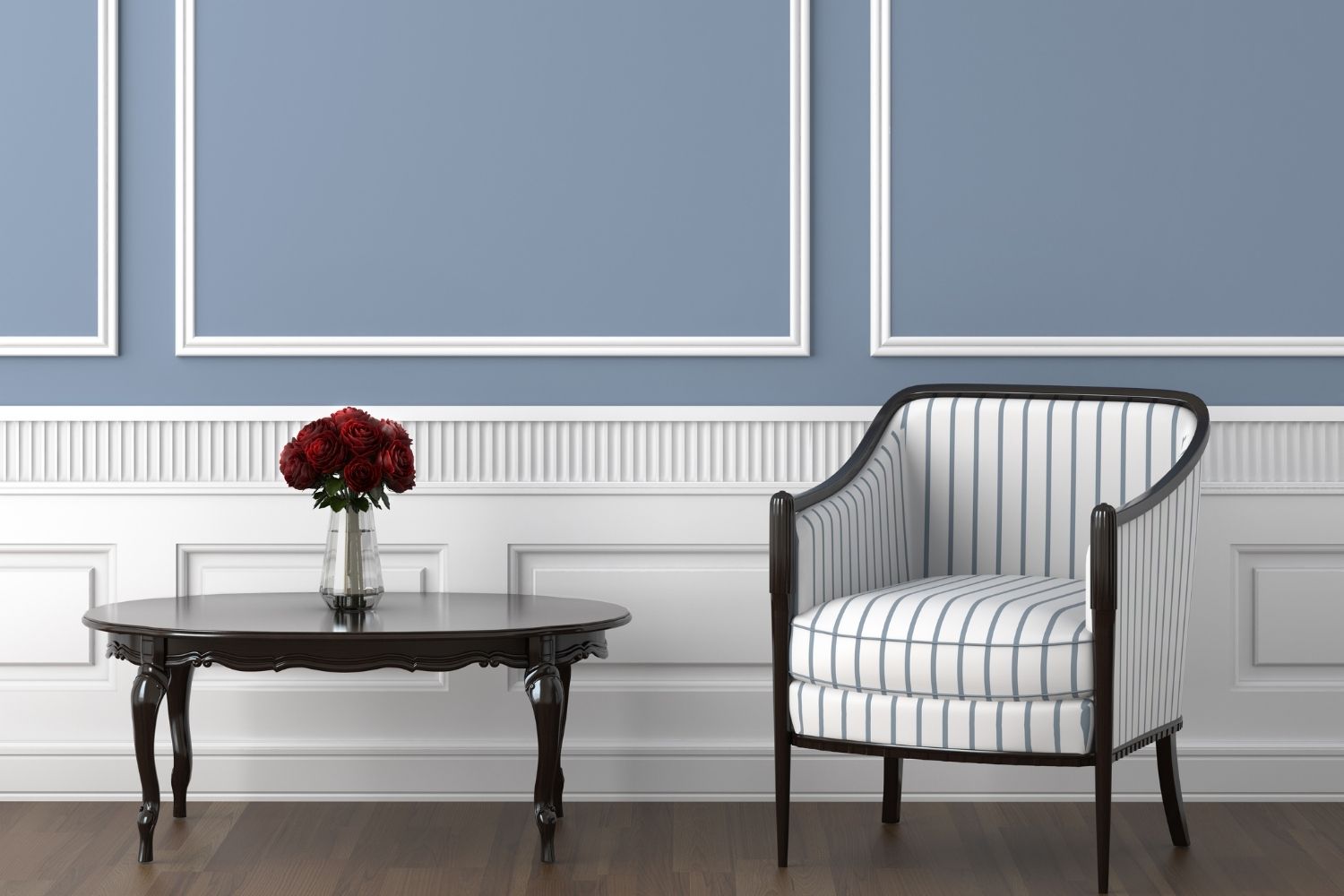
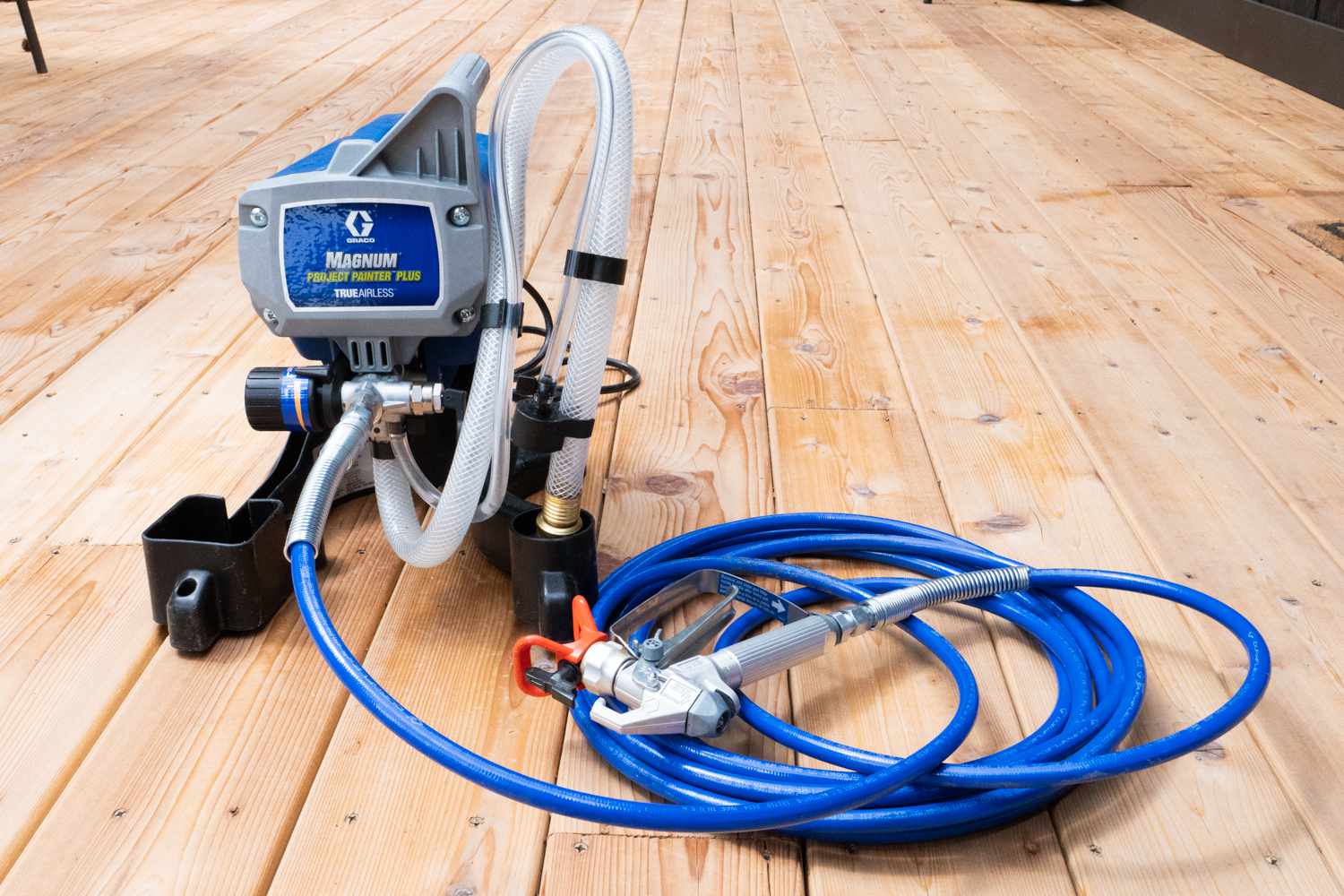
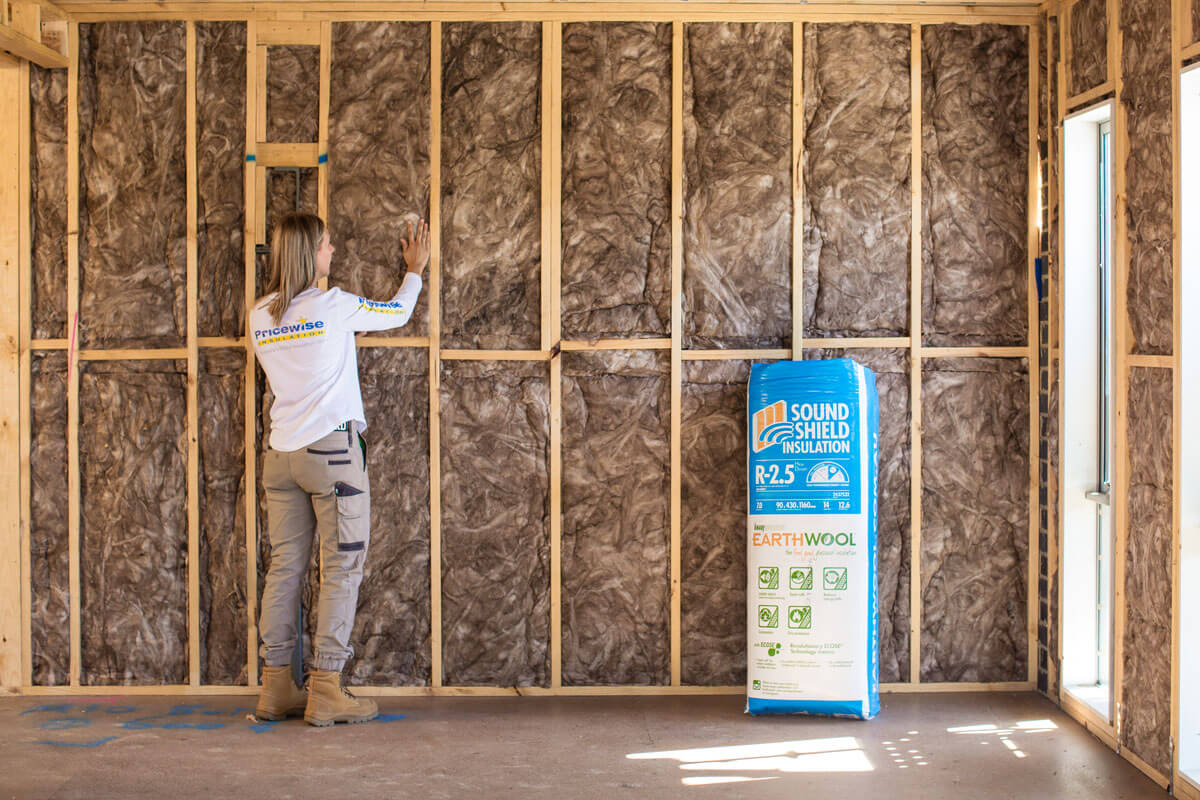
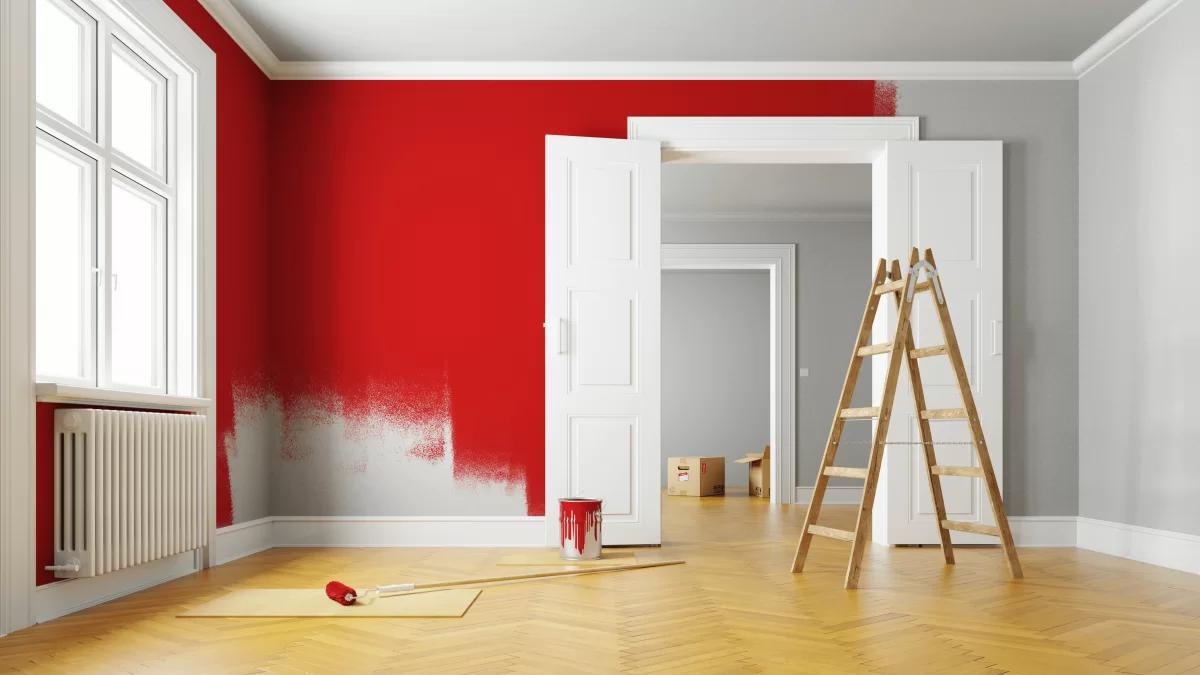
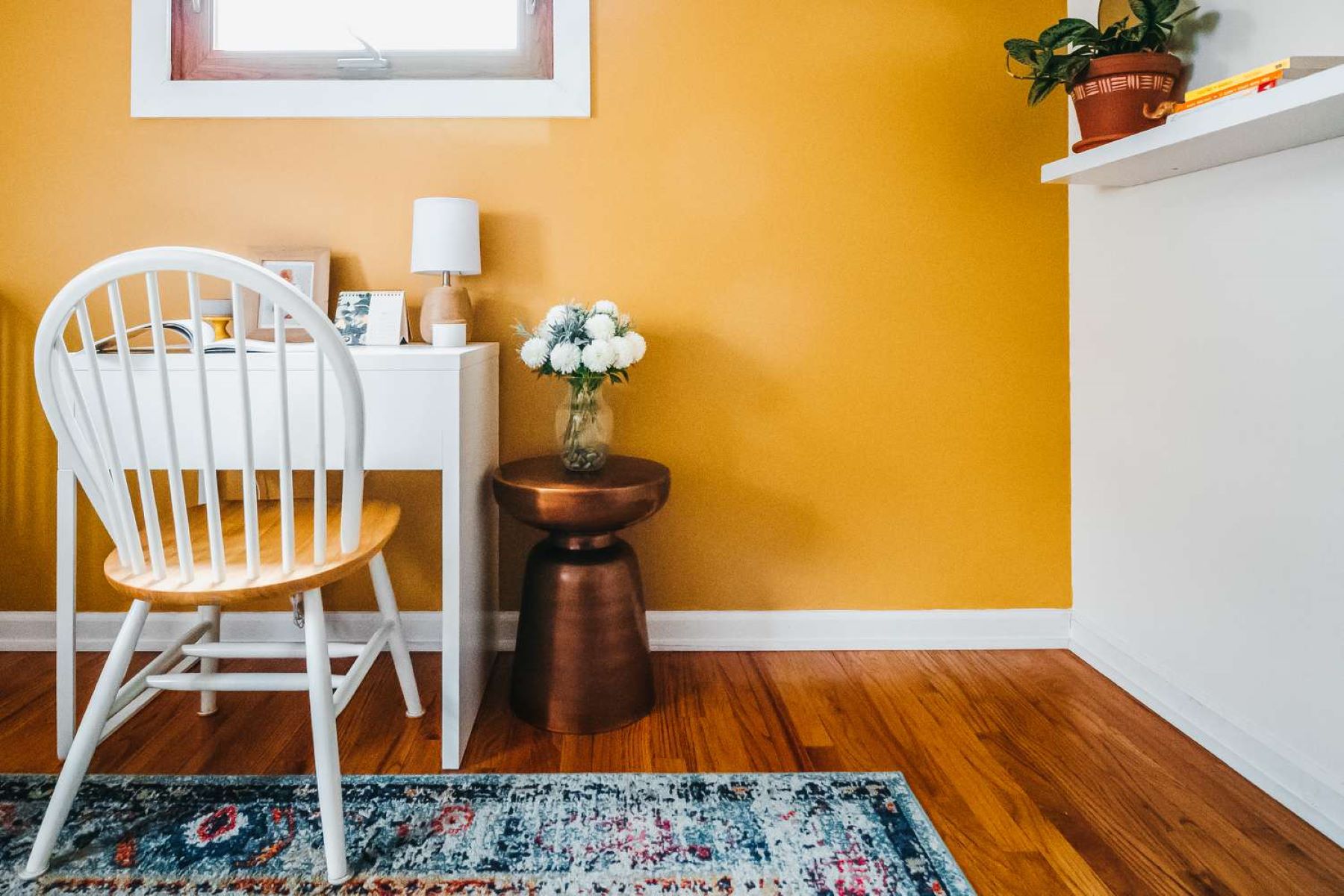
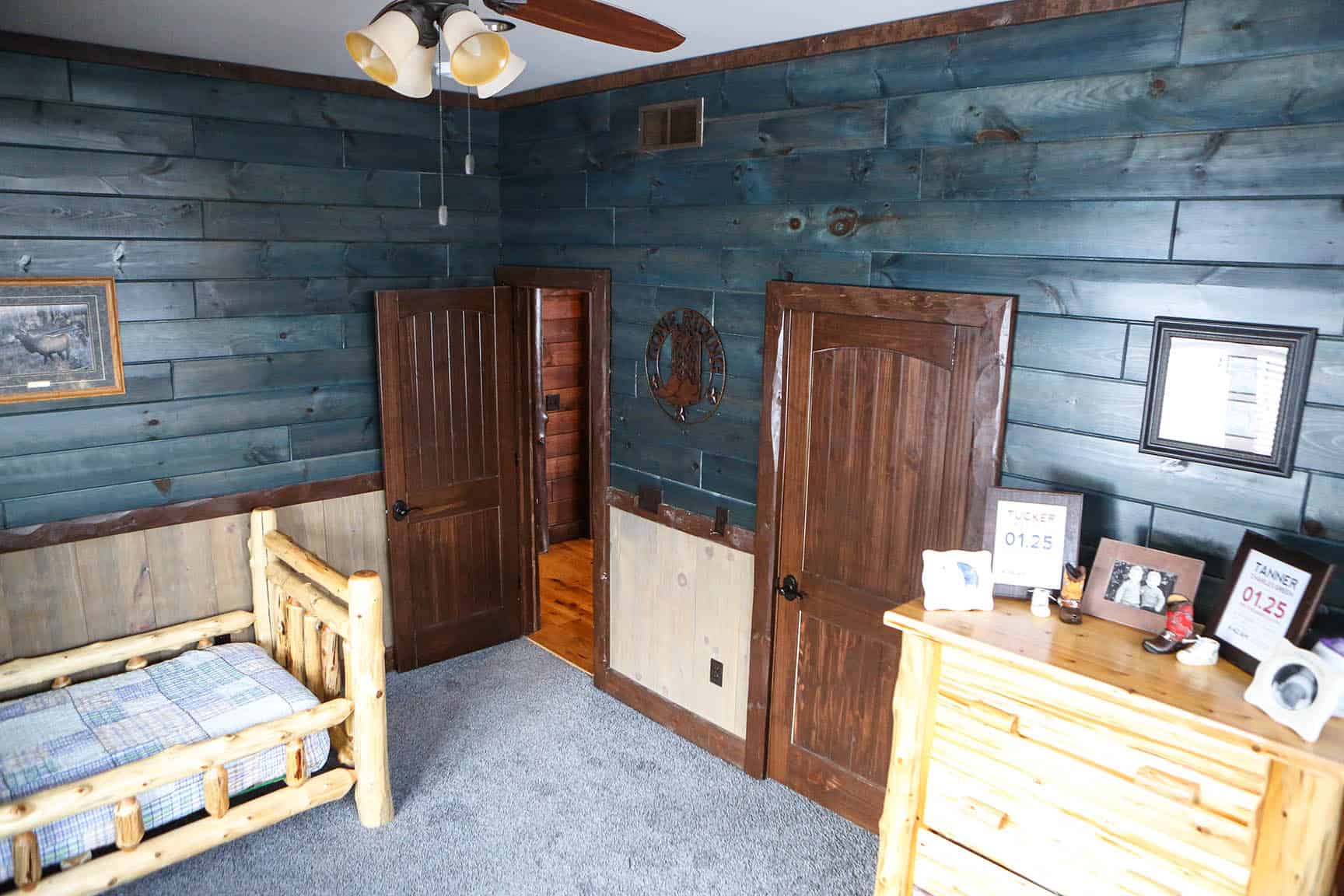
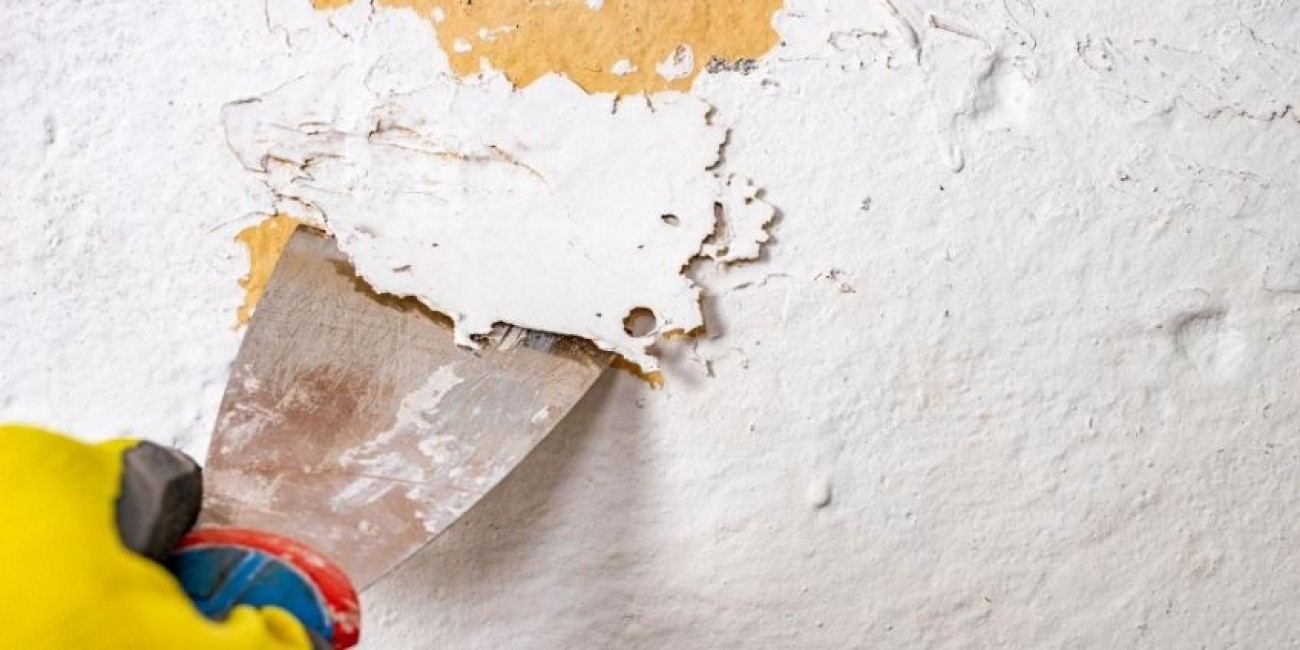
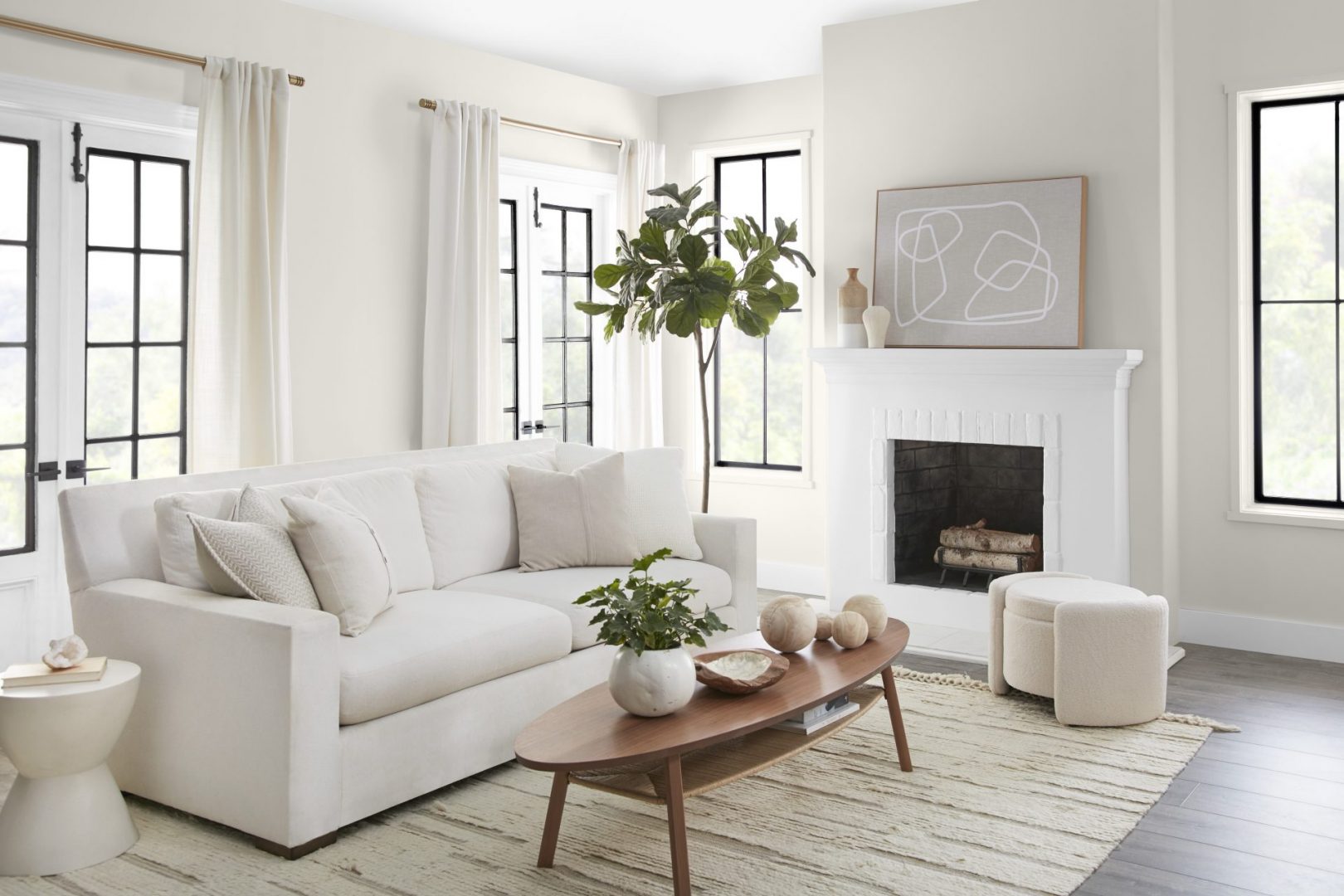
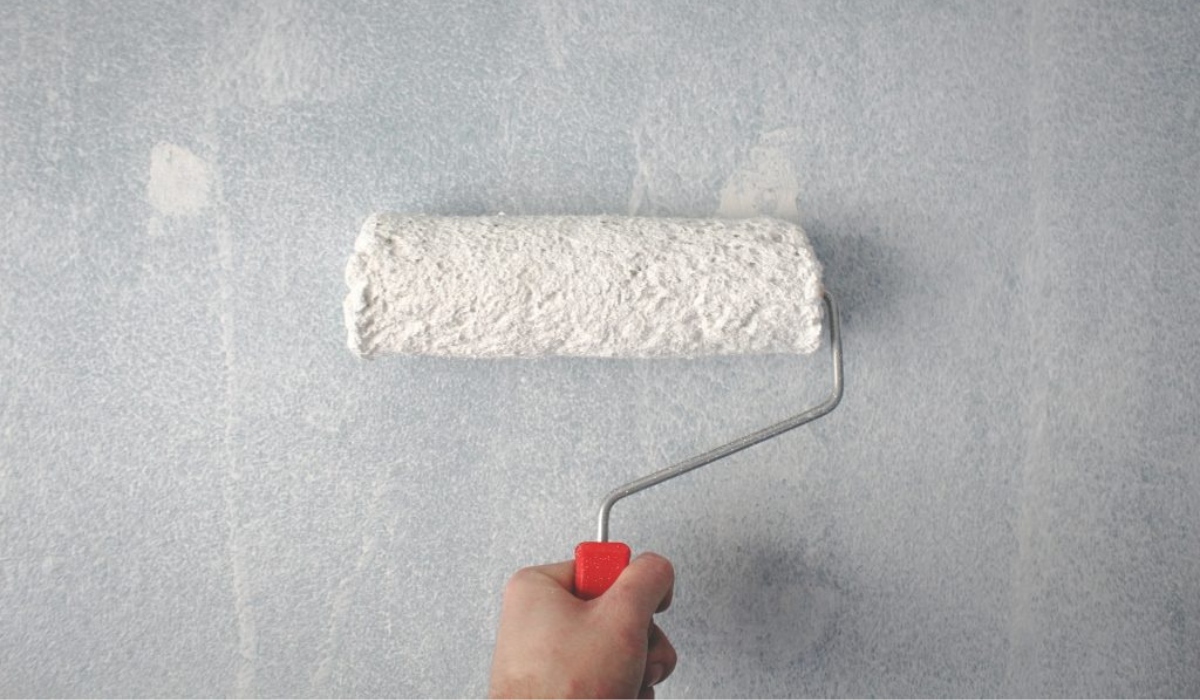

0 thoughts on “What Is The Going Rate For Painting Interior Walls”